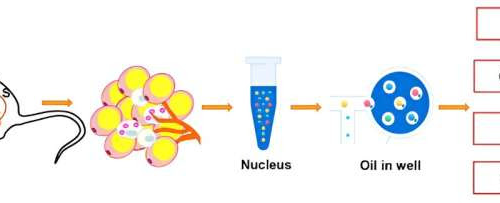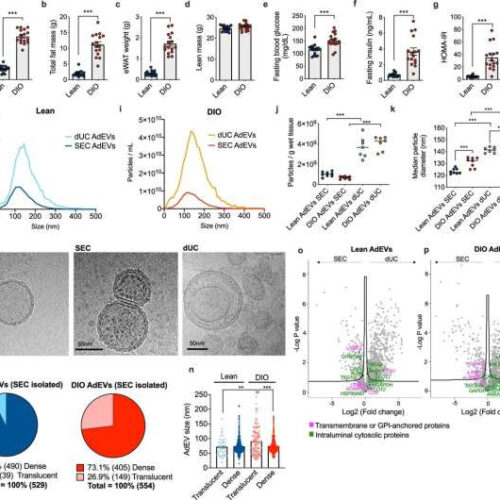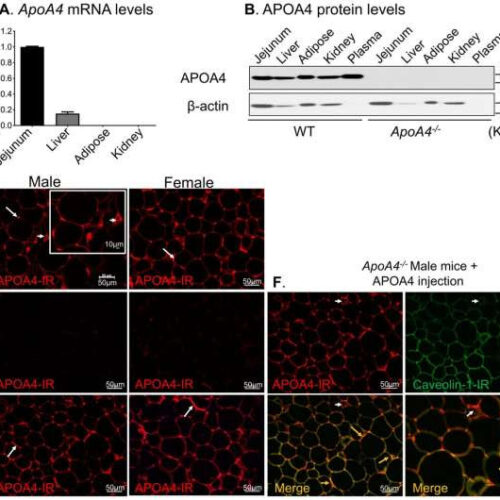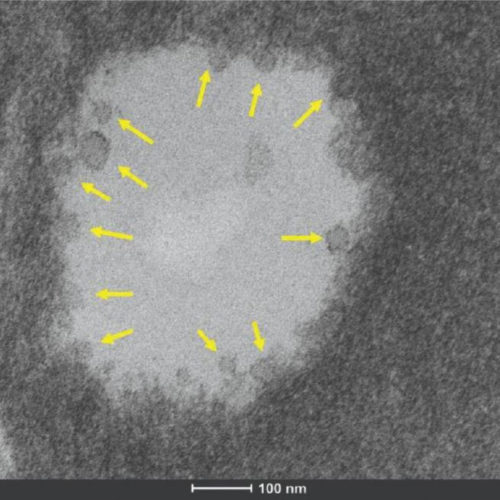News Release 25-Sep-2024 Peer-Reviewed PublicationDeutsches Zentrum fuer Diabetesforschung DZD The role of the adapter protein PICALM in the development of Alzheimer’s disease is well documented. Researchers from the German Institute of Human Nutrition Potsdam-Rehbruecke (DIfE), the German Center for Diabetes Research (DZD), ETH Zurich and the University of Cambridge have now for the first time...
Tag: <span>Adipose tissue</span>
Team develops a single-nucleus resolution atlas of white adipose tissue in different depots
by Higher Education Press Workflow to perform snRNA-seq of different WAT depots. The nuclei were derived from subcutaneous (S), epididymal (E), mesenteric (M), peri-nephritic (N), and peri-heart (H) adipose depots, which were pooled from 40 male C57BL/6J mice. Sequencing data went through the quality control process (described in the section of Materials and methods of...
Study provides the first precise insight into important remodeling processes in adipose tissue
by University of Bonn Fat droplets in the fat cell of a mouse: The membrane of the droplets was stained green, and the fat stored in them was stained red. Credit: Johanna Spandl / University of Bonn Fat molecules serve as energy storage for fat cells. They consist of three fatty acids attached to a...
Identification of a previously unknown function of adipose tissue in insulin secretion
by Manuela Rutsatz, Universität Augsburg Comparative assessment of AdEVs isolated by dUC or SEC. Male lean and diet-induced obese (DIO) C57BL/6 J mice (n = 16 mice, 24–26 weeks of age, 16 weeks of feeding) were assessed for a body weight, b fat mass, c epididymal white adipose tissue (eWAT) mass, d lean mass, e fasting glucose, f fasting insulin, and g HOMA-IR values. h–k Nanoparticle Tracking Analysis (NTA) of adipocyte-derived extracellular vesicles (AdEVs, n = 7–8...
Study reveals novel role of PPARγ acetylation in macrophages in impairing adipose tissue function
Reviewed by Emily Henderson, B.Sc.,Dec 30 2022 As a chronic pro-inflammatory disease, obesity is closely associated with the development of various diseases such as type 2 diabetes, cardiovascular disease and cancers. Obesity is now a major concern for public health. Macrophages have been known to play an important role in the development of obesity. Recent...
Receptor protein in adipose tissue plays a role in controlling blood sugar levels
by Cedric Ricks, University of Cincinnati APOA4 is transcribed and translated primarily in the gut and transported to adipose tissue via circulation. (A) APOA4 gene was expressed in mouse jejunum and liver tissues, but not in gonadal adipose tissue and kidney. RT-PCR for ApoA4 and β-actin was performed on total mRNA isolated from jejunum, liver, gonadal...
Adipose tissue may be the source of inflammatory factors that aggravate COVID-19
Preliminary results of patient tissue analysis show that the virus infects adipocytes and alters the quantity of signaling molecules released by these cells into the bloodstream FUNDAÇÃO DE AMPARO À PESQUISA DO ESTADO DE SÃO PAULO IMAGE: ISOLATED EXOSOMES FROM PATIENT SERUM SAMPLES. PRELIMINARY RESULTS SHOW THAT THE VIRUS INFECTS ADIPOCYTES AND ALTERS THE QUANTITY...
Study gives insights into how human fat cells are affected by age
by Anna Molin, Karolinska Institutet Knowledge of how human fat tissue is affected by age has long been defined by numerous mouse-based studies. Researchers at Karolinska Institutet in Sweden have now, for the first time, been able to conduct a prospective study on humans that provides novel insights into how our fat cells reduce lipid...
New molecular auto-control system to avoid an excessive brown adipose tissue activity
Scientific team found a new metabolism regulation system for the brown adipose tissue using the kallikrein-kinin hormonal system, so far related to the physiology of the renal and cardiovascular system and inflammation and pain processes. This molecular auto-control system of lipidic metabolism, so far unknown, could help prevent the damaging effects derived from an excessive...
How the body protects itself from type 2 diabetes
by German Center for Neurodegenerative Diseases A specific group of white blood cells, termed “regulatory T cells,” keeps the immune system in balance and suppresses its activity to protect the body against autoimmune diseases. Scientists at the German Center for Neurodegenerative Diseases (DZNE) and the University of Bonn have now discovered a new mechanism by which...
- 1
- 2






